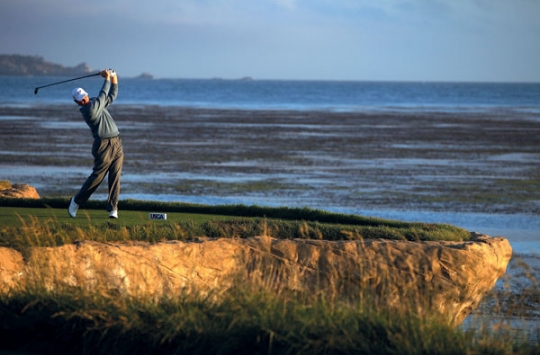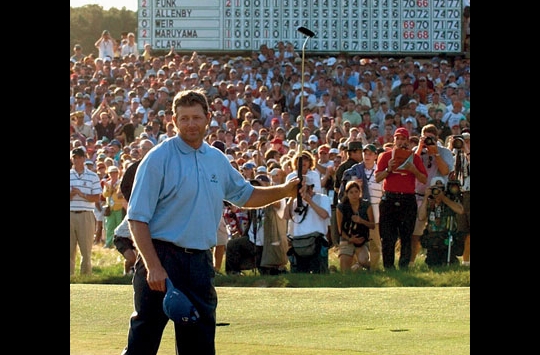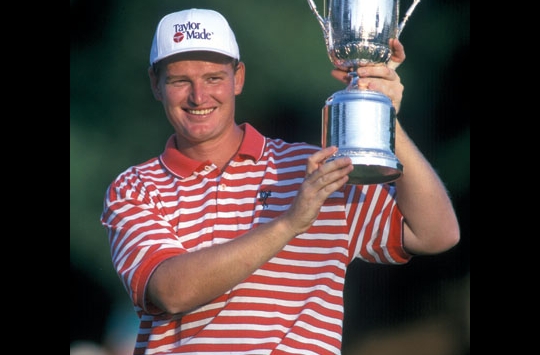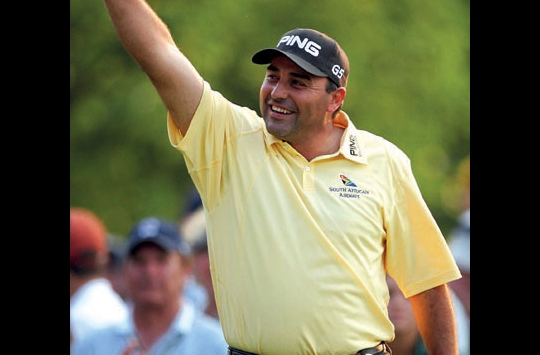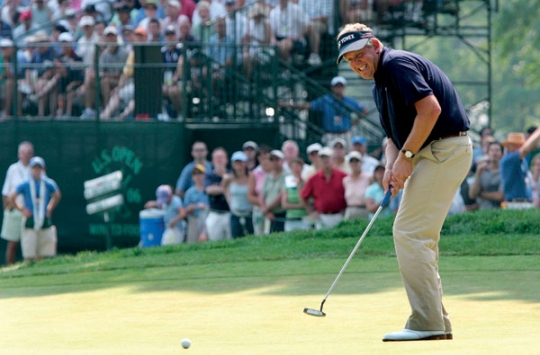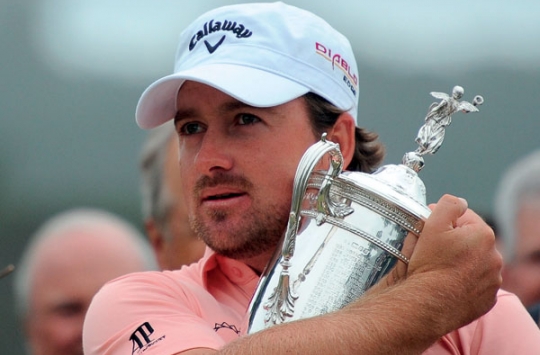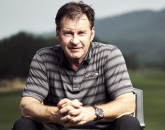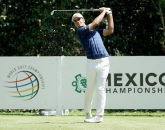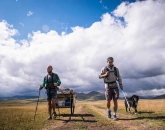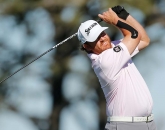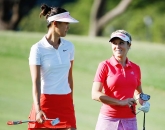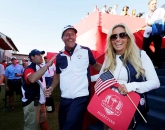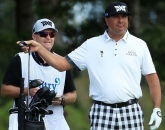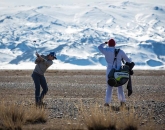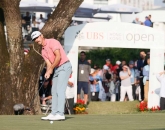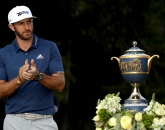Davies was not remotely surprised that Els should have been the player to break America’s stranglehold on the US Open: “Apart from the fact that he was young, he was South African – and South Africans have a wonderful calm about them.”
In addition to Els, Davies was thinking of Retief Goosen who, after Els had triumphed in 1994 and again in 1997, matched his compatriot’s twin wins with victories in 2001 and 2004.
So cool was Goosen when it came to putting on the impossibly slick greens at Shinnecock Hills that a member of the media was moved to ask, lightly, if he had a pulse.
It goes without saying that Goosen’s triumphs were also down to the “If Ernie can do it, I can do it” syndrome.
New Zealand’s Michael Campbell was the player to follow Els and Goosen in being the next overseas winner. Campbell, who had played his way through international qualifying at Walton Heath, has always talked of how he was able to stay nicely under the radar as the media concerned themselves with whether or not Goosen might win for a third time.
Next up was Australia’s Geoff Ogilvy, who stood firm while Montgomerie and Phil Mickelson made their 11th-hour mistakes at Winged Foot in 2006. And after Ogilvy came Angel Cabrera. Cabrera was not young – he was 37 at the time – but he is the last man on earth to worry about such things as to whether he was going to be the first winner from the Argentine. Plenty were waiting for the wheels to come off for this charging bull of a golfer but that never happened. He finished two clear of Tiger Woods at a brutally uncompromising Oakmont and his life changed overnight.


